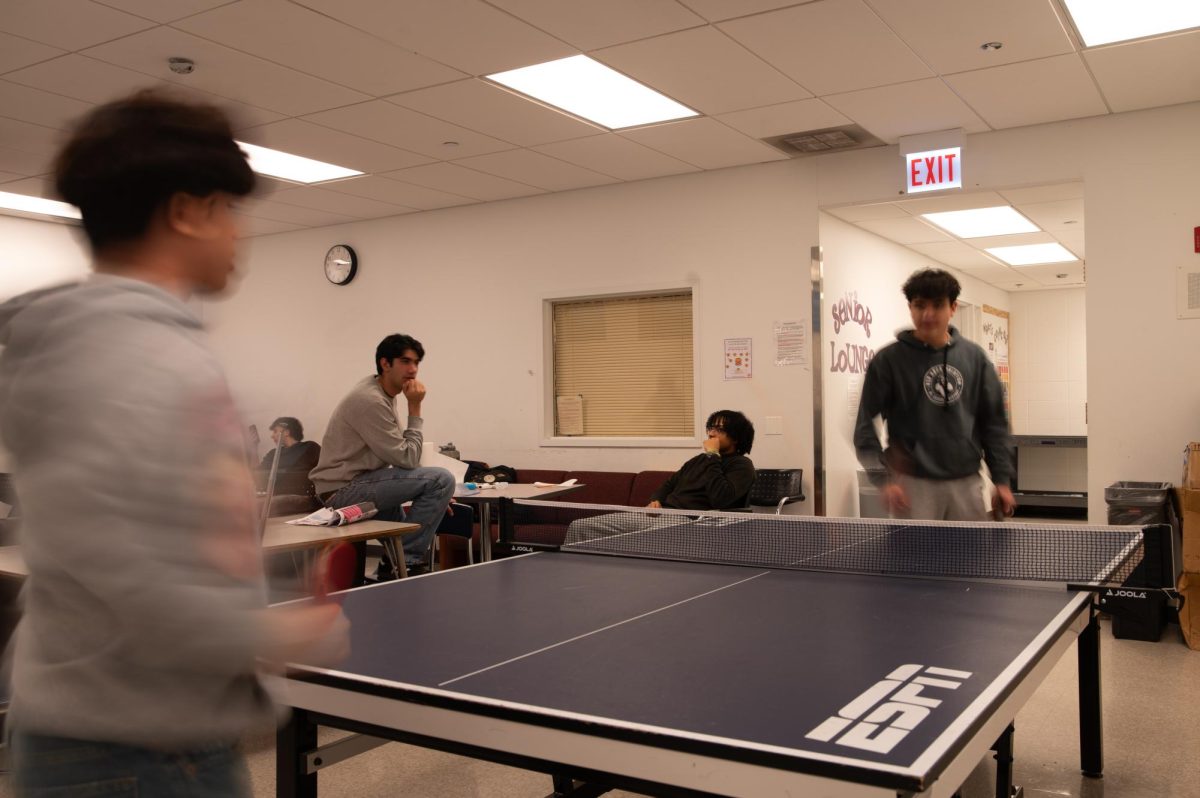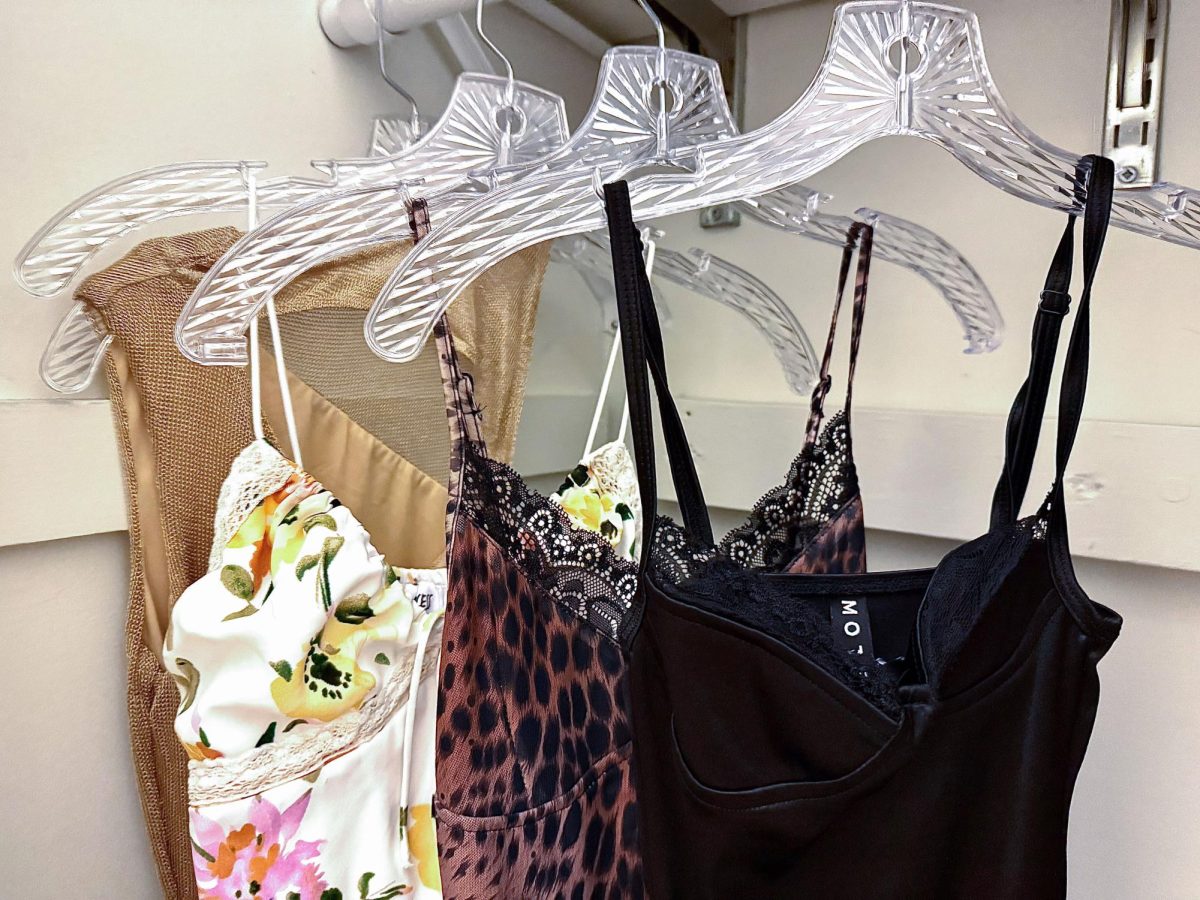After the release of the “Barbie” movie, I babysat two little girls who had seen it the day before. They wore pink dresses and sang songs from the soundtrack, and at some point, the younger one turned to me and asked who my favorite Barbie was. I replied, “I don’t know. Maybe the weird one.”
The two glanced at each other, then at me, and then the older one announced, “We like Stereotypical Barbie.” When I asked why, she looked at me like it was obvious before replying: “She’s pretty.”
Feminist media is nearly impossible to get right — it’s truly never going to please everyone. But a recurring theme is that the content is seemingly made for adults, while the actual messages are lost on the young girls who arguably need them the most. As a society, we should place more emphasis on female characters rather than spoken feminist messages so girls are empowered by seeing strong women in their favorite movies rather than expected to grasp concepts beyond their years.
“Barbie” is a prime example of a film adults understood and appreciated but that never went far enough to get its messages to younger audiences. One of the film’s subplots involves Stereotypical Barbie (Margot Robbie) being horrified to find that she’s developed cellulite. When the concept was first introduced, I thought it was fairly clever — a way of showing little girls that even Barbie can have an imperfect body; thus, having one yourself is OK.
By the end of the movie, her horror is never contradicted by anything else — there’s not one line or scene after she notices the cellulite that even implies that it’s OK to have it. While adults might see that and think, “Mattel has really changed its tune on body positivity since I was young —” and that isn’t meaningless — young girls are going to see it and think, “Barbie doesn’t want cellulite, so I don’t want it either.” We can’t expect them to understand the message if it’s never said out loud.
In contrast, many movies meant for children are feminist in a way that allows girls to understand the concepts rather than be confused by them — simply by putting emphasis and care into their female leads. Since the relatively problematic gender politics of Disney’s “golden era,”many modern films feature strong, aspirational protagonists (or “Disney princesses”). Mulan, Moana, Merida and Tiana are all examples of Disney leads who have their own personalities, talents and independence in ways that are understandable to even the youngest female viewers.
To effectively educate girls about feminism, studios need to stop making content that calls itself feminist but can only be understood by adults. Young girls deserve to grow up knowing they’re powerful and competent rather than spending childhood being taught about nothing more than beauty while feminist messages fly over their heads.
























































